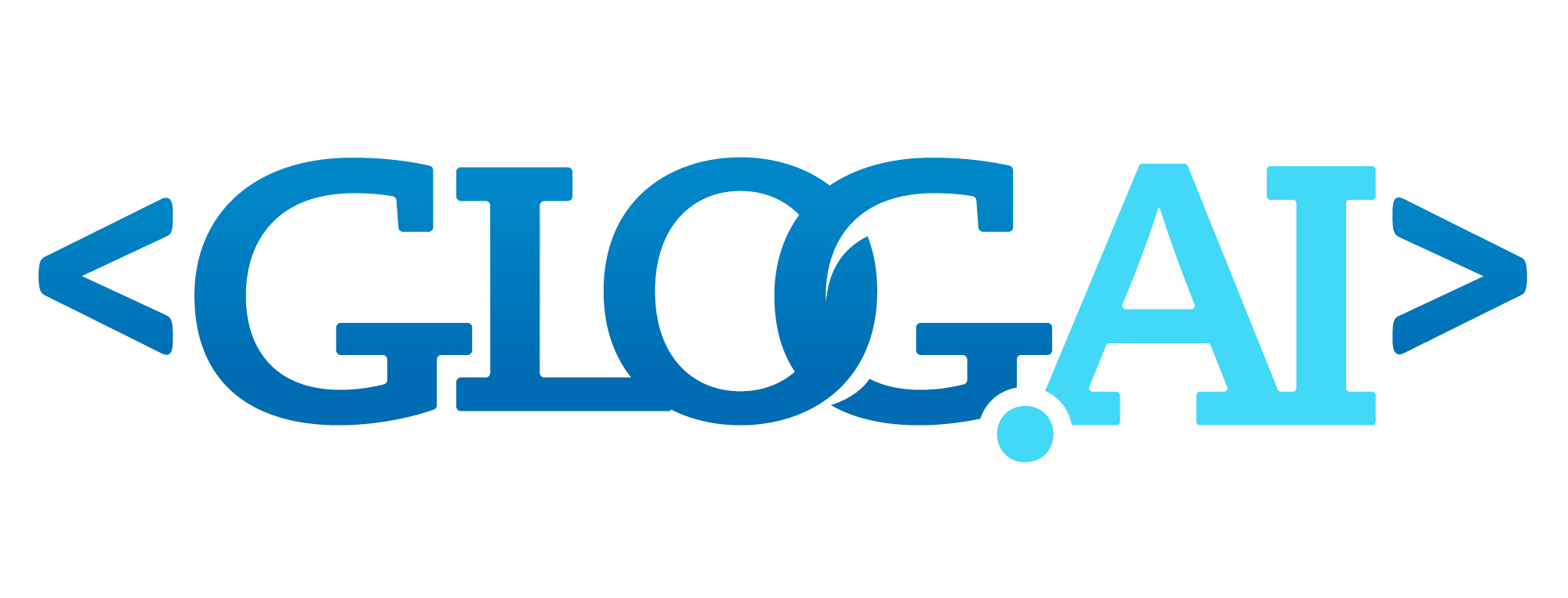Application security plays a crucial role in safeguarding against ransomware attacks, which can wreak havoc on an organization’s data and operations. It is done by implementing various measures to prevent unauthorized access and malicious activities within an organization’s applications. Here are some ways application security helps safeguard against ransomware.
Let’s mention some initial steps to define and implement Software Security Assurance (SSA) program in your company:
-
- Define Application and Software Security practice and ISMS (policies, standards, processes, guidance, tools)
- Integrate security into your Software Development Lifecycle (SDLC)
- Implement application security testing and remediation (see point 2 ↓)
- Automate specific parts of process
- Measure effectiveness and KPIs
- Secure Development Trainings
- Integrations with other security tools (such are GRC, SOAR and similar tools)
- Regulatory and compliance advisory
- Application Security Monitoring
- Vulnerabilities Assessment
- Penetration Testing
Now go to some of the recommendations and practices.
- Secure coding practices: Developers should follow secure coding practices to minimize vulnerabilities in the application code. These practices include: threat modeling, reducing the attack surface, input validation, output encoding, proper error handling, secure data storage – just to name a few. By using above principles and practices, application developers can reduce the number of entry points and weaknesses that ransomware attackers can exploit to compromise the application or its data.
- Application security testing: Develop processes and practices for application security testing and remediation such are:
-
- SAST – Static Application Security Testing
- SCA – Software Composition Analysis
- IAST – Interactive Application Security Testing
- Secrets Scanning
- Container scanning
- Configuration and environment hardening
- API Security Testing
- DAST – Dynamic Application Security Testing
- Least privilege principle: Following the principle of least privilege ensures that users and applications have only the minimum level of access necessary to perform their tasks. This limits the potential damage in case of a ransomware attack.
- Access controls, authentication and authorization: Implementing strong access controls and multi-factor authentication helps to prevent unauthorized access to applications and data, which could lead to a ransomware attack. By requiring users to verify their identity and access rights before accessing the application or its data, application developers can prevent ransomware attackers from impersonating legitimate users or accessing sensitive or critical data.
- Data encryption: Encrypting sensitive data both in transit and at rest makes it more difficult for ransomware attackers to access and use the data for extortion. By encrypting the application data, both in transit and at rest, application developers can prevent ransomware attackers from accessing or modifying the data, even if they manage to breach the application or its environment.
- Monitoring, logging, and updating the applications: Continuous monitoring and logging of application activity can help detect and respond to suspicious behavior that may indicate a ransomware attack. Consider implementing RASP – Runtime Application Self-Protection. By regularly updating the application with the latest security patches and fixes, application developers can also prevent ransomware attackers from exploiting known vulnerabilities or bugs in the application. Keeping applications up-to-date with the latest security patches and updates helps to address known vulnerabilities that could be exploited by ransomware attackers.
- Regular backups and disaster recovery: Having a robust backup and disaster recovery plan in place allows organizations to recover from a ransomware attack without paying the ransom. Regularly backup critical data to secure locations. In case of a ransomware attack, having backups ensures you can restore your data without paying the ransom.
- User education: Educating users on how to identify and avoid phishing emails and other social engineering tactics can help prevent ransomware from being introduced into the organization’s systems.
Let’s explore some other application security measures contribute to protection:
- Vulnerability Management – Regularly update software and applications to patch known vulnerabilities. Ransomware often exploits unpatched systems, so staying up-to-date is essential.
- Access Control and Authentication – Implement two-factor authentication (2FA) to enhance access security. Properly authenticated users are less likely to fall victim to phishing attacks that distribute ransomware.
- Email Security – Secure internal email systems to prevent phishing emails from reaching users. Ransomware often spreads via malicious attachments or links in emails.
- Endpoint Security – Protect endpoints (computers, smartphones, printers, etc.) with robust security solutions.
- Zero Trust Model – Adopt a Zero Trust approach, where every user and device are treated as untrusted until proven otherwise. This minimizes the risk of lateral movement by ransomware within the network.
- Anti-ransomware tools – additionally, consider using reputable anti-ransomware tools.
Remember that no security measure is foolproof. However, by implementing a combination of these security measures and practices, organizations can significantly reduce the risk of falling victim to ransomware attacks and minimize the potential damage if an attack does occur.
Important note: This post covers only part of application security measures. There are many other levels of protection on network, systems and other layers which I will try to cover in future posts.

Leave a Reply
You must be logged in to post a comment.